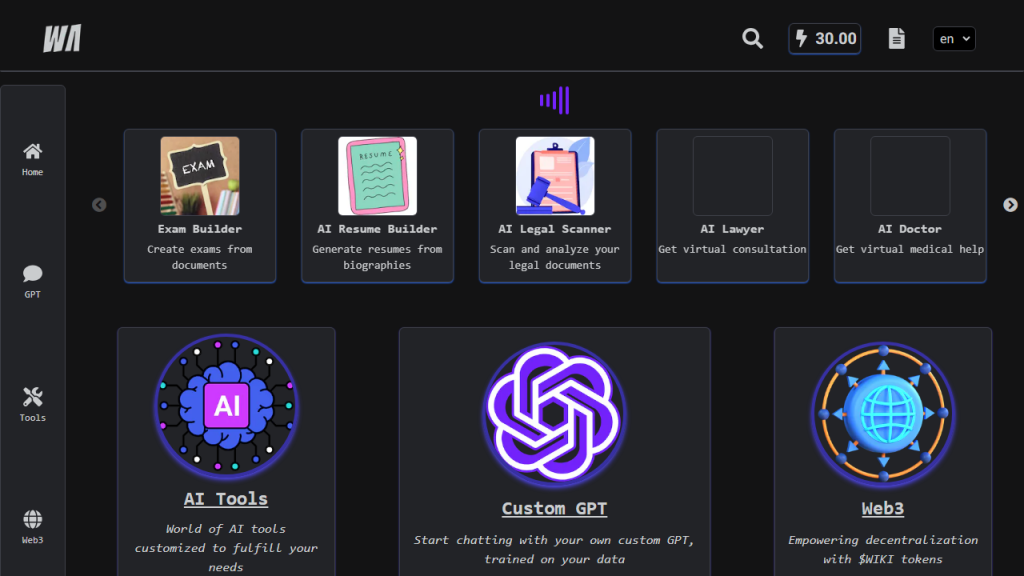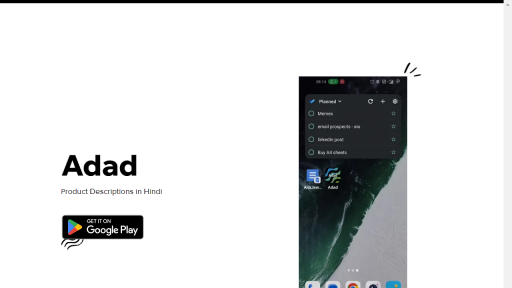What is Wikivec?
Wikivec is an innovative tool designed to leverage the wealth of information contained within Wikipedia to create word embeddings. It utilizes the vast amount of text data available in Wikipedia articles to generate high-quality vector representations of words. These embeddings capture semantic relationships and contextual meanings, allowing users to analyze and understand language in a more nuanced way. Wikivec employs advanced natural language processing techniques to process the textual data, ensuring that the resulting word vectors are not only accurate but also reflective of the complex interconnections found in human language. Users can harness Wikivec for various applications, including machine learning, natural language understanding, and information retrieval. By converting words into multi-dimensional vectors, Wikivec enables tasks such as similarity comparisons, clustering, and classification, making it a powerful resource for researchers, developers, and data scientists interested in advancing their linguistic models and algorithms.
Features
- Word Embedding Generation: Creates high-quality word embeddings based on the context and semantics derived from Wikipedia articles.
- Customizable Parameters: Allows users to adjust parameters such as vector size, window size, and the number of training iterations to suit specific needs.
- Multi-Language Support: Supports multiple languages, enabling the generation of embeddings for a diverse set of languages beyond just English.
- Pre-trained Models: Offers pre-trained word vectors that can be used immediately, saving time and resources for users.
- Integration Capabilities: Easily integrates with popular machine learning frameworks and libraries for seamless workflow.
Advantages
- Rich Contextual Understanding: By utilizing Wikipedia’s comprehensive text data, Wikivec provides embeddings that reflect deep contextual relationships between words.
- Time Efficiency: Pre-trained models eliminate the need for extensive training, allowing users to implement word embeddings quickly.
- Enhanced Performance: Improved accuracy in natural language processing tasks due to the high-quality embeddings derived from a reliable source.
- Flexibility: Customizable settings allow users to tailor the embedding generation process to their specific applications and requirements.
- Cross-Language Functionality: Multi-language support enables broader accessibility and application in global contexts.
TL;DR
Wikivec is a powerful tool for generating high-quality word embeddings from Wikipedia, enabling advanced natural language processing and machine learning applications.
FAQs
What types of applications can benefit from using Wikivec?
Wikivec can be used in a wide range of applications, including sentiment analysis, document classification, information retrieval, and chatbots, among others.
Is it necessary to have programming skills to use Wikivec?
While some familiarity with programming can enhance your ability to utilize Wikivec effectively, the tool is designed to be user-friendly and can be accessed by those with basic technical knowledge.
Can I use Wikivec for languages other than English?
Yes, Wikivec supports multiple languages, allowing users to generate word embeddings for a variety of languages based on available Wikipedia content.
How does Wikivec ensure the quality of its word embeddings?
Wikivec generates its embeddings from a large and reliable corpus—Wikipedia—allowing it to capture nuanced semantic relationships and context, which enhances the quality of the generated vectors.
Are there any costs associated with using Wikivec?
Wikivec is an open-source tool, which means it can be used freely. However, users should check for any licensing or attribution requirements when using the embeddings generated by the tool.









